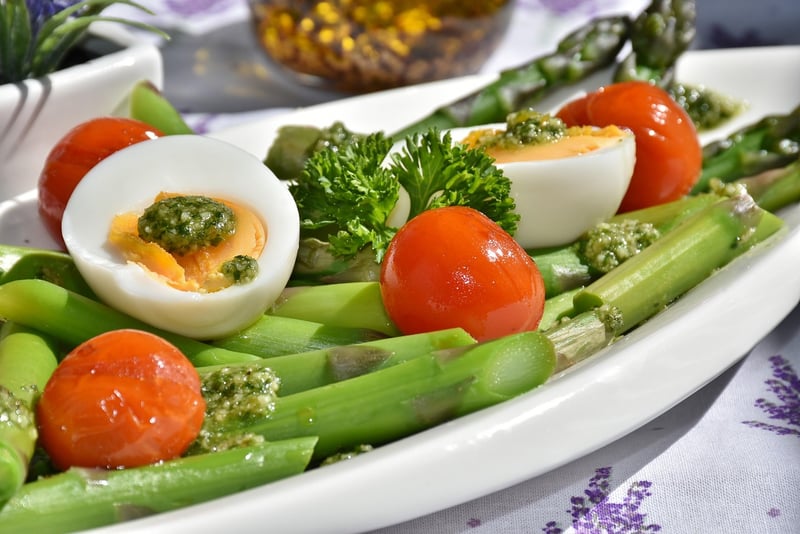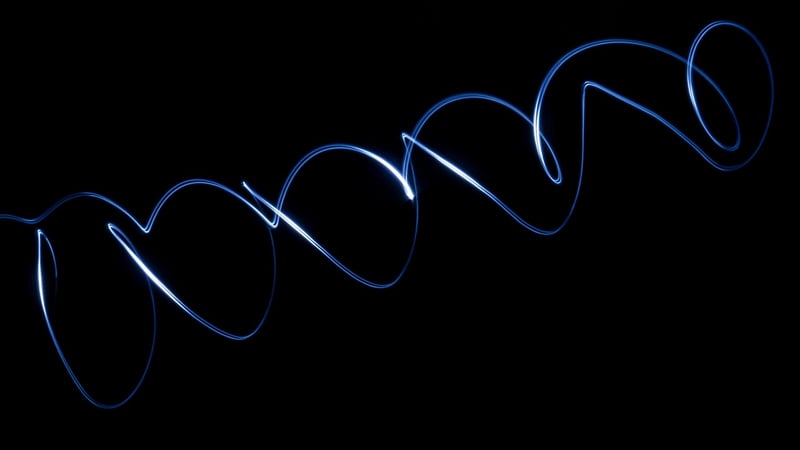Lighting Techniques
Capture Gastronomic Beauty with These Lighting Techniques
Food photography is an art form that requires attention to detail, creativity, and the right lighting to truly capture the essence of a dish. Whether you're a food blogger, a chef looking to showcase your creations, or simply someone who loves photographing food, mastering lighting techniques is key to taking stunning gastronomic photos. Here are some tips to help you elevate your food photography game:
1. Natural Light is Your Best Friend
When possible, always try to shoot in natural light. Natural light provides a soft, even illumination that enhances the colors and textures of the food. Position your subject near a window or shoot outdoors to make the most of natural light.
2. Use Diffusers and Reflectors
To control harsh light and shadows, consider using diffusers and reflectors. Diffusers soften the light, while reflectors bounce light back onto the subject to fill in shadows. This helps create a more balanced and appealing image.
3. Experiment with Artificial Light
While natural light is ideal, artificial light can also produce stunning results if used correctly. Experiment with different types of artificial lighting, such as softboxes, LED panels, or desk lamps, to create unique and dramatic effects.
4. Play with Shadows for Depth
Don't be afraid to play with shadows to add depth and dimension to your photos. Shadows can create a sense of drama and intrigue, making your images more visually interesting.
5. Consider the Angle of Light
The angle of light can dramatically affect the mood and composition of your photos. Try shooting from different angles – front, side, or backlit – to see how light transforms the look of your dish.
6. Pay Attention to White Balance
White balance is crucial in food photography to ensure that the colors of your dishes appear true to life. Adjust the white balance settings on your camera or use editing software to correct any color casts.
By incorporating these lighting techniques into your food photography workflow, you can enhance the beauty and appeal of your gastronomic creations. Remember to experiment, practice, and have fun capturing the delicious essence of food through your lens!

Image source: Pixabay
